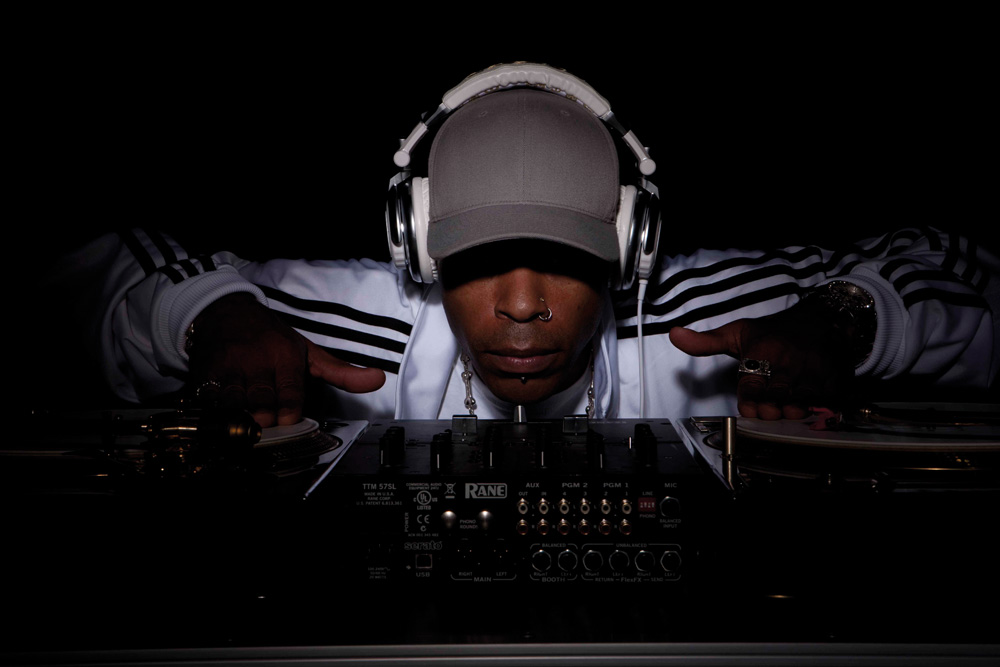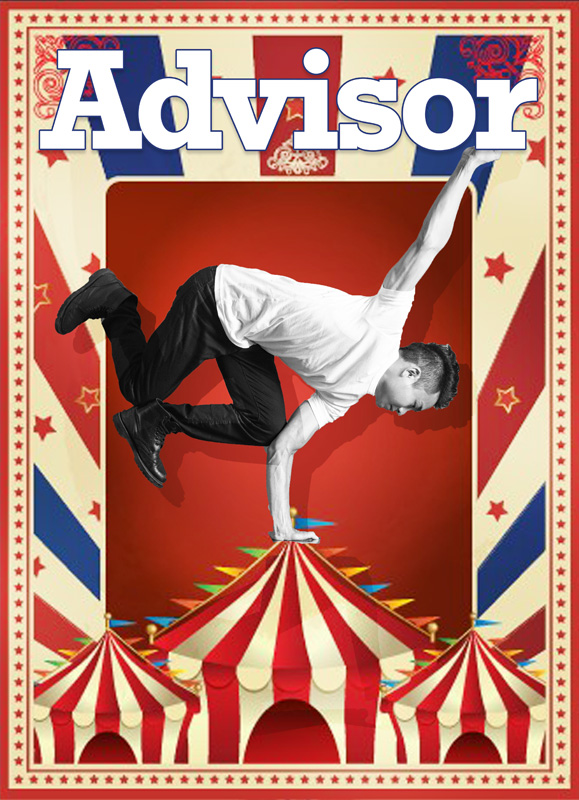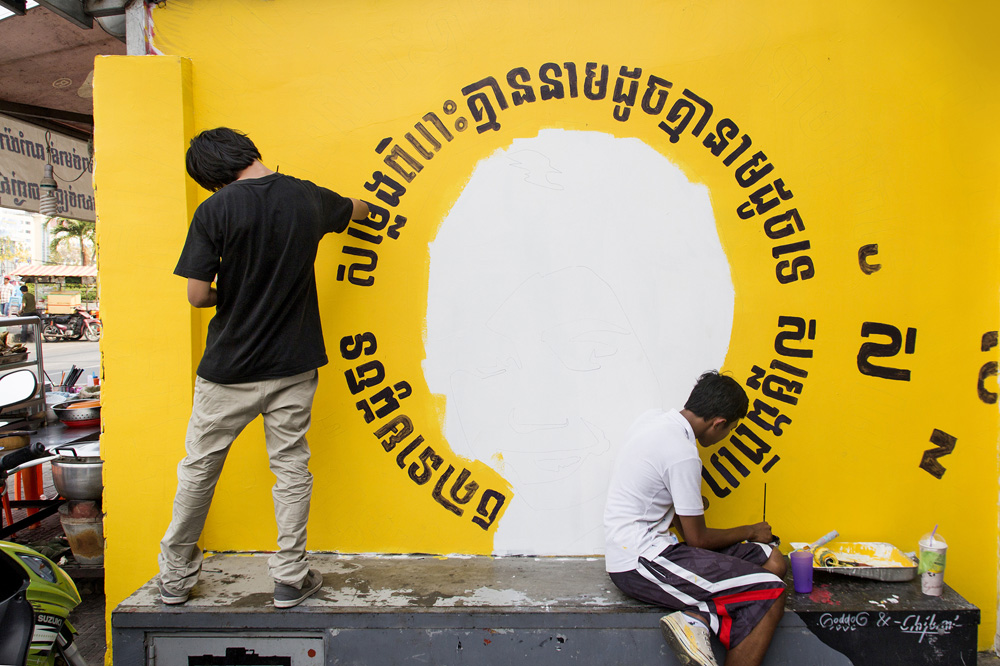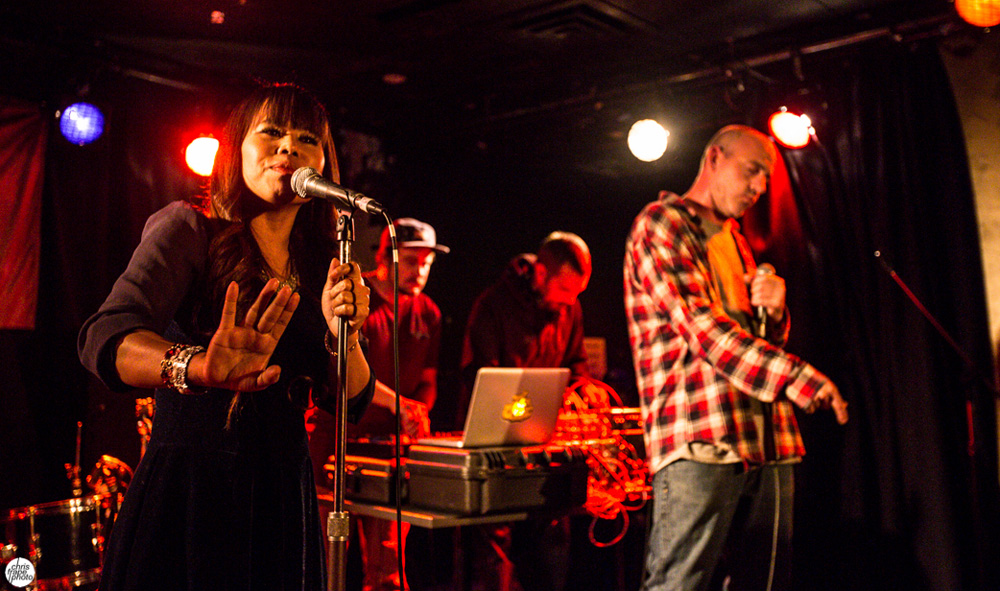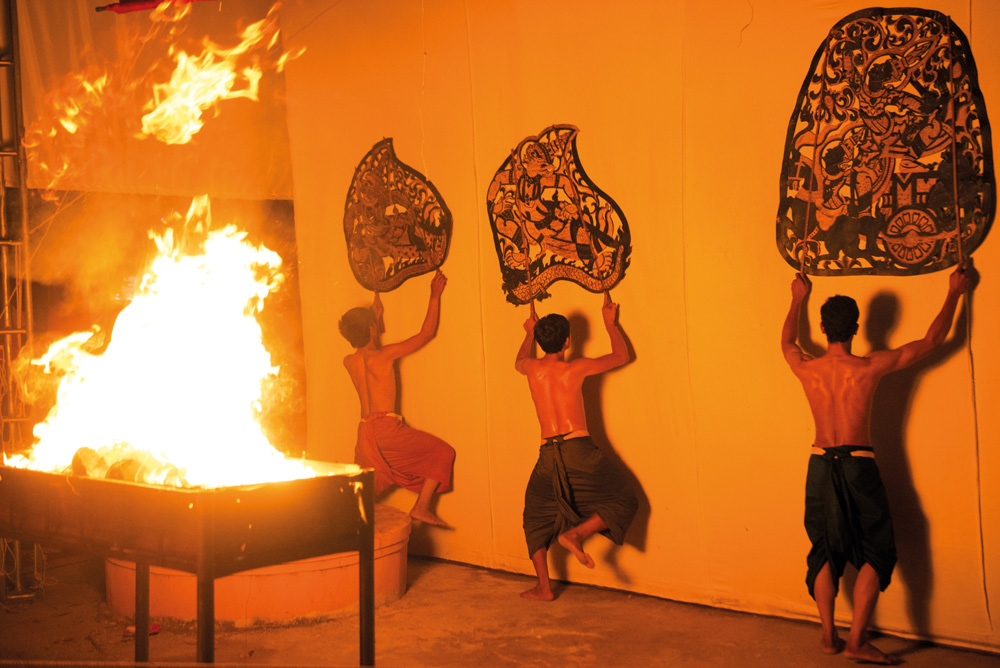When most of us say we “grew up with Snoop Dogg and Dr. Dre,” we mean we had them blaring on our stereos. When DJ Jam says it, he means he spent his after-school hours with them cutting tunes and passing doobs. The producer and official DJ of the veteran rappers speaks about the pre-fame days, how he scouted Lil Bow Wow and what happened the night The Notorious B.I.G. was killed.
…..
How did you become the official DJ for Snoop Dogg and Dr. Dre?
The first person I met from the crew was Kurupt, when I was doing the major college parties at San Diego State University. I ended up transferring colleges to LA, where Kurupt would come visit my campus and rap to my beats. Sometimes I’d hook up with him, Snoop, Warren G and everyone. This is way before they were known. I was making mix tapes back then, and when they heard them they were like, “Oh man, you’re dope!”
Just before I moved to LA, a big club called Jamaica House, opened up in San Diego. All the big stars went there. You’d rock up and Tupac would jump up on stage or Run DMC. The first night they opened I DJ’d with an Akai MPC60 drum machine sampler. I had one before they came out on the market, cuz I knew somebody who knew somebody. People didn’t know what it was – they’d gather ‘round just to see the dude with the weird machine playing all this crazy stuff! One night I was DJing and Dre comes in with [Big] Shug. Dre comes up and asks me to dinner. Next night I’m at a strip club eating this big dinner in Hollywood! He says he’s about to do this project, The Chronic, he thinks I’m a dope DJ, and am I down?
So once I moved to LA a little after, I’d go to the studio with Dre after school. I’d be in my schoolbooks then mixing at the board. One day, in comes Snoop, Kurupt and all them. There was no “Snoop and Dre” back then. So I’m sitting there looking at them and I’m like, “What are you guys doing here?” And they look at me and they’re like, “What are you doing here?!” Everybody just busts up laughing, like, “How did this dude from San Diego just come in and basically infiltrate our camp?” It was that moment where they were both cool with me being their DJ. If it wasn’t for that moment, I dunno, man… I would have been satisfied with either of them, whoever asked me first, I guess. Everyone was just like, There’s got a be a message here or something. So I just started DJing for everyone on Death Row [Records]. It was good how it happened because The Chronic was basically a Snoop-Dre album anyway. And I was behind them both already. It was very organic.
 Snoop seems like such a chill guy on stage. What’s he like in person?
Snoop seems like such a chill guy on stage. What’s he like in person?
Snoop’s such a happy-go-lucky, laidback guy. Nothing really pisses him off, know what I mean? All the other artists are cool with him too. They always come to our dressing room, wherever we are. And whoever they are, he always lets them in, shows respect – country singers, actors, it doesn’t matter. Like 80 percent of the time they’ll come smoke with us, so I keep seeing all these stars who I really didn’t think smoked, and I’m like, “Ohhh, okay. I see now.” (laughs)
Dr Dre seems to have a comparatively less “laidback” persona onstage…
Dre wants to make sure that everything’s just right. He’s very, very, VERY critical of his stuff – too critical, I think, sometimes. But it shows. He’s made some of the best productions and sets ever. The Up In Smoke tour was a perfect example of that. So many elements. I mean, who the hell does that? He’s got the pieces and puts it all together. It was the same with his music-making. It was like he was doing surgery. That’s how he got his name – the Doctor.
You are responsible for scouting Lil Bow Wow in 1993. How did that happen?
We were on tour in Columbus, Ohio and I was sound-checking on stage. Bow Wow’s father waves his hand, so I go over and he says to me, “Hey, this is my kid, and he can rap.” He was six at the time. I pulled him on stage, put on a beat and he starts rapping. I’m like, “Whoaaa!” I take him backstage and tell Dre and Snoop they gotta check this little cat out. Bow Wow just freestyles acapella, and everyone’s blown away. Then Lil Bow Wow’s like, “Play some music!” Dre hits the boombox and he starts dancing his little butt off! So Dre tells Bow Wow and his father to go home, pack, and come on tour with us. And they did. After the tour, we sent for him and his family to come live in LA while we worked on Snoop’s album, Doggystyle. Dre wanted Lil Bow Wow in his studio to suck it all in. But then Dre fell out with Deathrow and Shug so all production stopped. And Lil Bow Wow was just left there. So Dre called Jermaine Dupri and asked him to take him and polish him up. By that time, Snoop had given him his name: Lil Bow Wow. Guess that’s history right there.
You collaborated with The Notorious B.I.G. What was that like?
Well, before Biggie was out there, Puffy, the creative master marketer as he is, said, “Okay, what’s something different we can do to make Biggie known? He called the LA offices and they said that my mix tapes with Snoop and Dre were crazy. Puffy flew Biggie out and said, “Put him in the studio with Jam.” No one had ever made a proper mix tape to promote an artist before this point; it was always a sampler tape – bits of songs off the album that just fade out. Biggie comes into my studio at the radio station with a box full of blunts, we smoke them and I ask him to start rhyming over some beats. He did and we wrote a song, right there on the spot. We called it Real Niggas Do Real Things. We played it on my radio show and it became huge. It’s been copied by so many artists now, when I travel I always go to record stores and buy a different version. I’ve got a giant stack of ‘em from around the world now! So I was there for the birth of Biggie industry-wise, but I was also there the night he was killed.
What happened that night?
There was a big party in Hollywood. It was fun and crazy, and we were all coming out to go to an after-party in Hollywood Hills. The limo pulls up and I get in. We’re all having fun – I was hanging out of the window, waving a bottle of champagne around The Suburbans pull up with Biggie, Puffy, Jermaine and the security and all of a sudden, “bam bam bam!” Everybody hits the deck and somebody pulls me back inside the limo. People scrambling, screaming everywhere, cars screeching. The limo pulls out of the lot and we’re like, “What the hell’s just happened?” So we call Jermaine on the cell phone, Puffy’s next to him and he’s saying, “Biggie’s been hit! Biggie’s shot!” We all beeline it to the hospital. [The doctors] take Biggie upstairs. About 10-15 minutes later we were told he didn’t make it.
Why do you think he was shot?
There’s a lot of things involved. There was the East Coast/West Coast rivalry at its peak. It could have been a jealous fan, or somebody linked to somebody’s crew, or an undercover police thing. Shug had a lot of stuff going on with police. Dre and Shug were going through some stuff business-wise, and personal stuff too. So it could have been any number of things…I couldn’t put my finger on just one.
Wow, that’s a lot of history. So why Cambodia?
Haha! I love seeing all the crazy ideas for clubs and festivals all over the world, from Asia to Ibiza – everywhere! I love seeing the architecture, design, creativity, the money put into it. If I had a club I’d just take all these different crazy ideas from festivals and clubs…one day, maybe. For now, I’m just going to keep producing, and keep DJing around the world ‘til I get tired of it.
Don’t miss DJ Jam at Nova’s Third Anniversary, 9pm, Friday June 6 at Nova Club, #19 St. 294.
